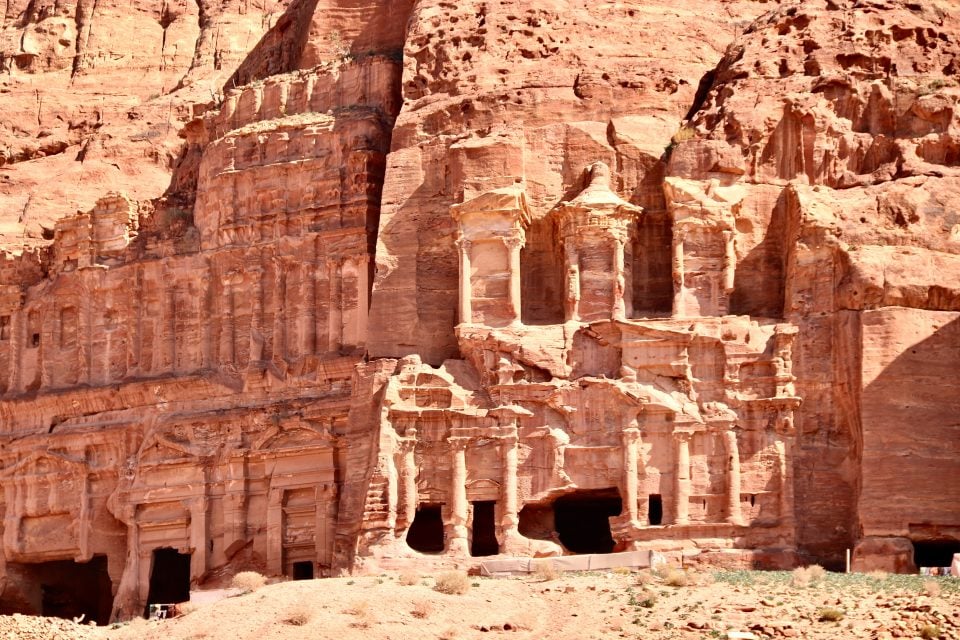Congratulations, it’s a girl! The next generation of Hashemites, Jordan’s royal family, has been born and it’s a beautiful baby girl by the name of Iman bint Al Hussein bin Abdullah II.
Born on Saturday, Iman, which is Arabic for ‘faith’, is the first child of Crown Prince Hussein of Jordan and Princess Rajwa Al Hussein, and the first grandchild of His Majesty King Abdullah II and Her Majesty Queen Rania.
While Iman may only be a week-or-so old, she joins centuries of royal history in Jordan from the start of the Hashemite Kingdom in the early 1920s to the smaller consolidated Kingdoms during the Iron Age. Some monarchs have left behind a bit of their rule, making Jordan a fascinating destination for enthusiasts interested in both current and ancient royal history.
To celebrate the arrival of His Majesty’s first granddaughter, here are a few of many royal sites to visit next time you’re in Jordan:
Take a road trip down the King’s Highway

The highway’s relation to royalty is both in its title and in the sites and stops along the way.
The 280km King’s Highway was once used as an ancient trade route that connected Syria to the Gulf of Aqaba through Jordan. It has many mentions throughout history, most notably in the Bible, and despite being thousands of years old, the highway is still in use today.
A royal highlight along the highway is the town of Madaba, home to Kerak Castle, a well-preserved 12th century Crusader Castle. Located south of Amman, the castle is made up of seven different levels, one of which provides views of the Mount of Olives across the Dead Sea.
Other highway highlights include the remote Shobak Castle built in 1115BC under the rule of King Baldwin I, as well as Mount Nebo which is believed to have been visited by Moses.
Take a tour of King Abdullah Mosque
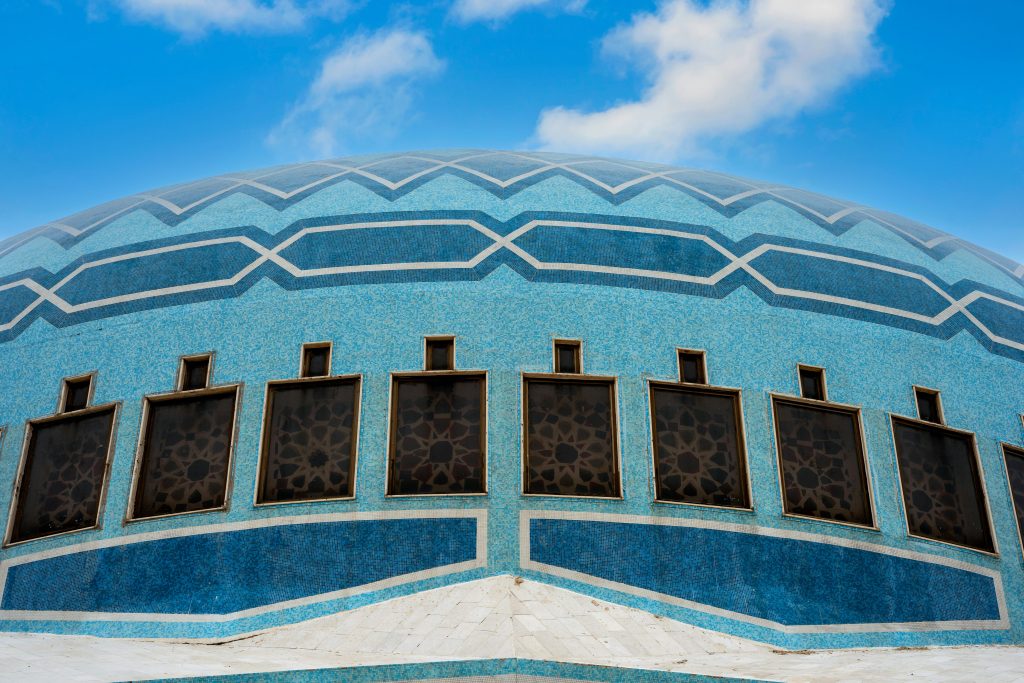
Constructed over six years in the 1980s, King Abdullah Mosque was built as a dedication from King Hussein bin Talal to his grandfather King Abdullah I, the first King of Jordan.
The mosque is described as a ‘landmark of Amman’ for its fusion of modern and Islamic architecture and is recognisable by its distinctive blue dome. Inside, visitors (tourists are welcome) will be able to see King Abdullah’s personal items along with displays of ancient pottery and coins.
Walk about the Royal Tombs

In the heart of Petra, one of the New 7 Wonders of the World and a UNESCO World Heritage Site, are a series mausoleums built into the cliffs known as ‘The Royal Tombs’.
The tombs are believed to have been built by the Nabataeans in the 4th century as part of the larger city of Petra which was eventually used as the capital of the Nabataean Kingdom in the 2nd century.
Among the tombs is one known as ‘The Palace Tomb’ which is speculated to be the burial site for one of the kings of Petra. Other tombs include The Corinthian Tomb which has Hellenistic architecture as well as The Urn Tomb which was turned into a Byzantine church in 446AD.
Visit Sharif Al Hussein Bin Ali’s home in Aqaba
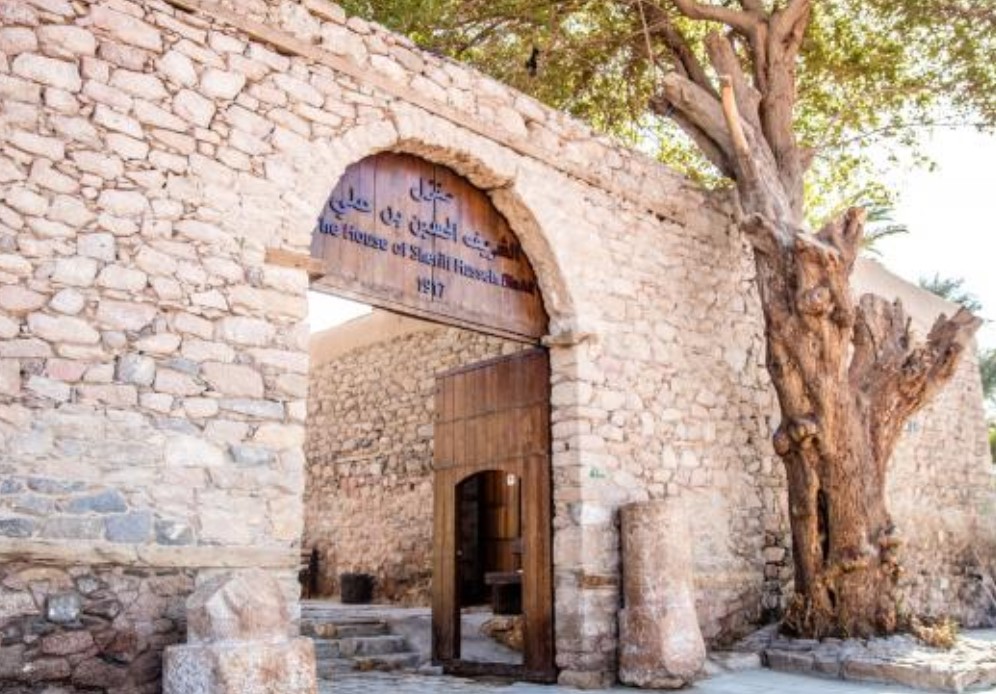
In the coastal city of Aqaba, there’s a palace that wasn’t always a place. The property today known as Sharif Al Hussein Bin Ali Home was originally built as a guest house and was upgraded to ‘palace’ when Sharif Hussein, King of the Hejaz from 1916 to 1924, took up residency between 1924 and 1925.
Over the last couple of decades, the palace received renovations and was reopened as a museum that tells the history of the Great Arab Revolt against the Ottoman Empire.
Explore a 12th century castle
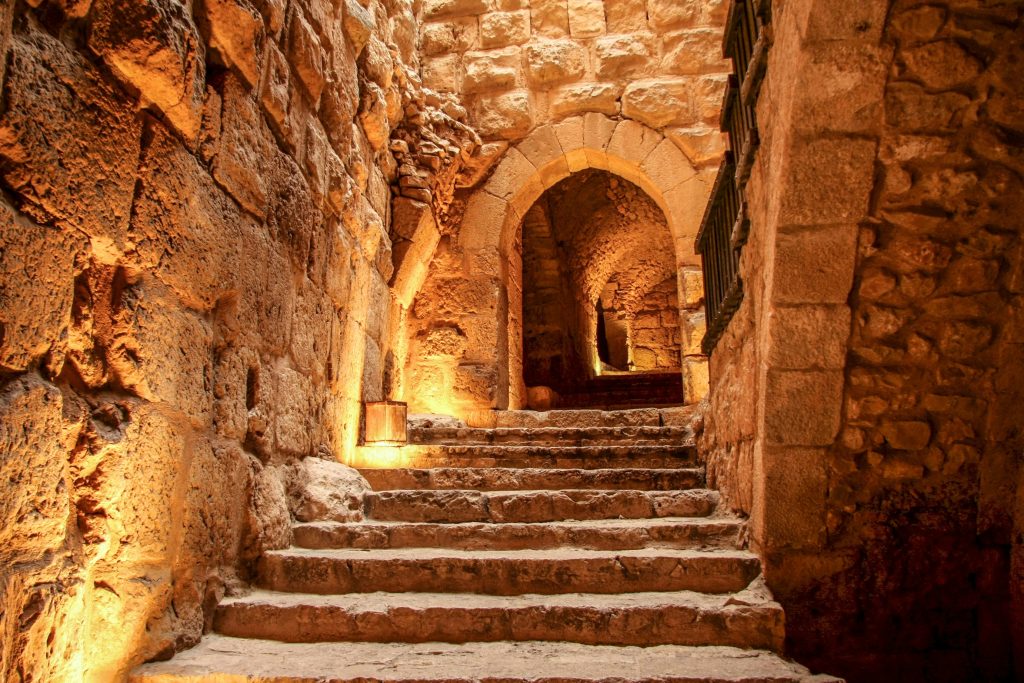
Situated on the site of an old monastery on a hilltop in northwest of Jordan is Ajloun Castle, a 12th century Muslim castle.
The site was rebuilt from monastery to castle by the Ayyubids in the 12th century and enlarged by the Mamluks in the 13th. Due to its high ground, the castle has been used throughout history as a watch tower and fortress against invaders.
Today, the castle is open for tourism and can be accessed via a cable car which opened last year.
Take a photo outside Zahran Palace, the place for royal weddings
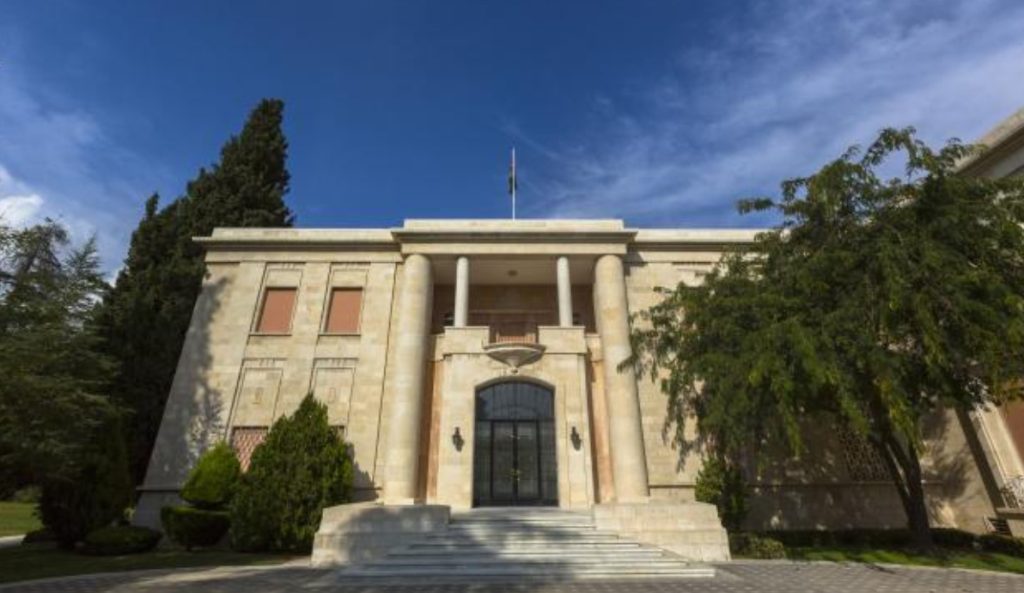
Followers of Jordan’s royal family will want to stop by Zahran Palace in Amman, the place where His Majesty King Abdullah II and Her Majesty Queen Rania tied the knot.
The royal wedding in 1993, transformed the palace into a venue for official ceremonies and social events, which went on to also host the wedding of Iman’s parents, the Crown Prince Hussein bin Abdullah and Princess Rajwa Al Hussein.
The palace was built in 1957 outside the Royal Court’s compound and was the fourth Royal palace. Zahran is known for its beautiful architecture and picturesque gardens.

